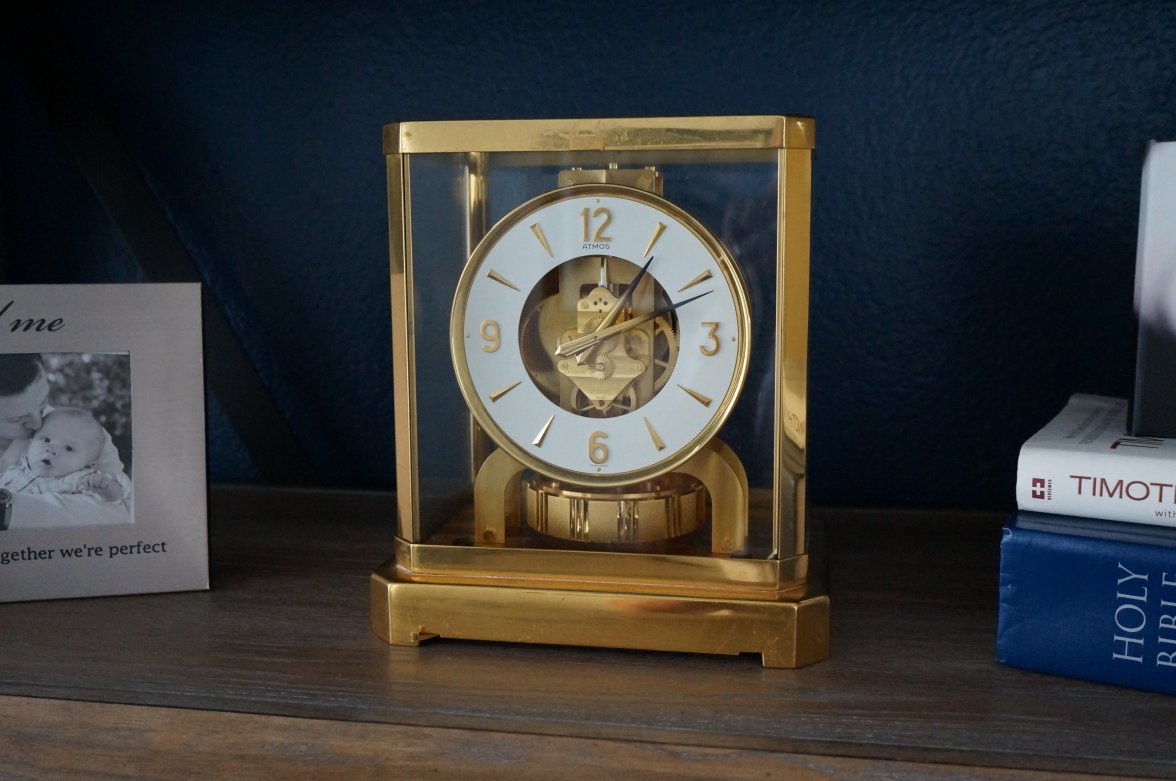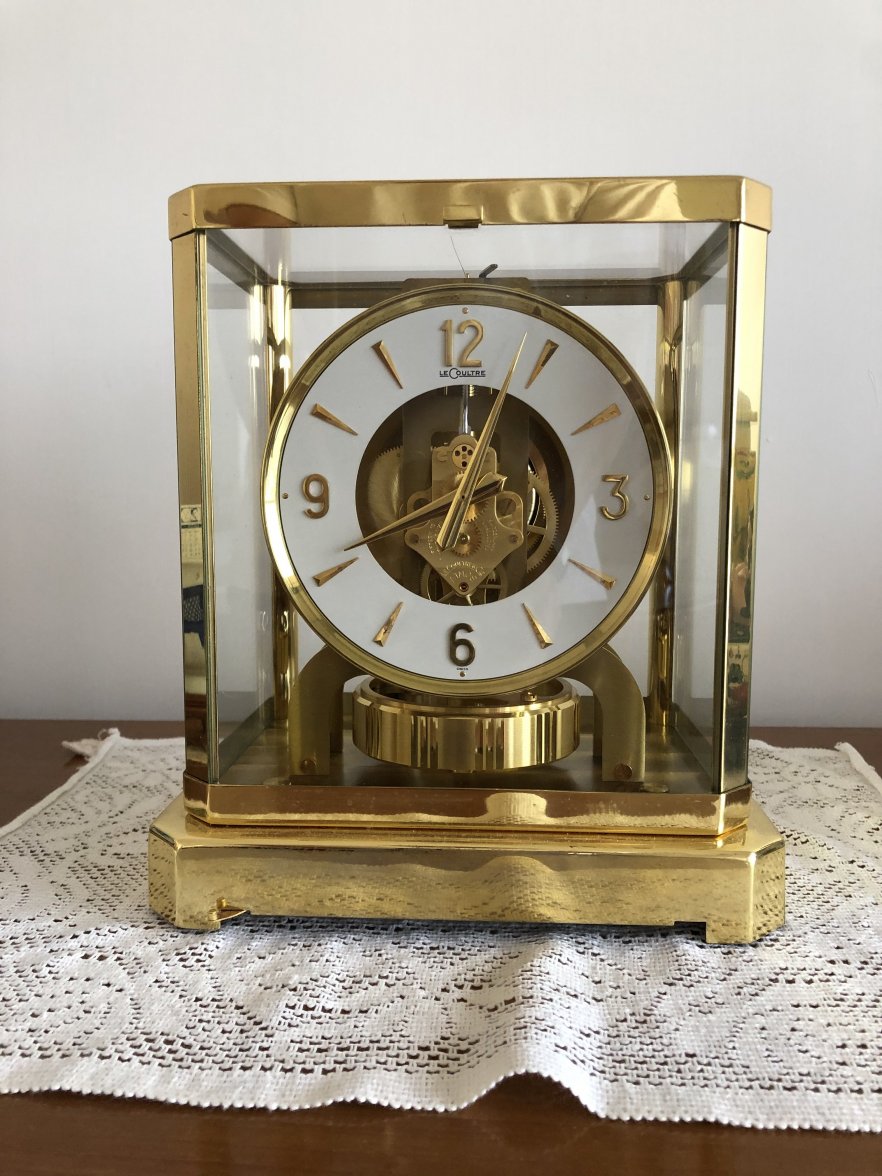Wryfox
·Most of you don't recall the drama I had with a US clockmaker re my 1960s Atmos clock. You can find by search if you like but suffice to say it would not run properly once returned(10minutes/day fast). Basically it had been manually overwound when attempting to preset the mainspring for normal operation by the bellows.
Since it runs on 'air' the issue could take months or up to a year to resolve itself.
(Fun Fact: the Atmos clock runs on so little energy, 4 MILLION Atmos clocks would run on 1watt of energy.)
So I have been tweaking it for the last 2 years (everything about adjusting an atmos takes weeks to see results).
Now. Finally. It is running well. VERY well. The average for the last 3 months is -1.57secs/DAY
A 57 year old clock. Wow.
I was told they can be extremely accurate but take a lot of care to do so.
I'm excited to finally see it spot on so wanted to share the success.😀
Hooray!
Pic below of Atmos clock as it sits, with uber rare JLC wall mount.
Since it runs on 'air' the issue could take months or up to a year to resolve itself.
(Fun Fact: the Atmos clock runs on so little energy, 4 MILLION Atmos clocks would run on 1watt of energy.)
So I have been tweaking it for the last 2 years (everything about adjusting an atmos takes weeks to see results).
Now. Finally. It is running well. VERY well. The average for the last 3 months is -1.57secs/DAY
A 57 year old clock. Wow.
I was told they can be extremely accurate but take a lot of care to do so.
I'm excited to finally see it spot on so wanted to share the success.😀
Hooray!
Pic below of Atmos clock as it sits, with uber rare JLC wall mount.




